Honey mushrooms - photo and description. When to collect and how to prepare?
honey agaric- an edible forest mushroom that is often found in deciduous forests.
Honey mushrooms many mushroom pickers fell in love: it is pleasant to collect them, because they grow in large groups; fragrant and tasty dishes are prepared from mushrooms, marinated for the winter.
Let's consider in detail: types of mushrooms description and photo, the benefits and harms of mushrooms, when to collect and how to cook mushrooms.
own name honey agaric(translated from Latin "bracelet") received because of the peculiar form of growth of mushrooms - in the form of a ring.
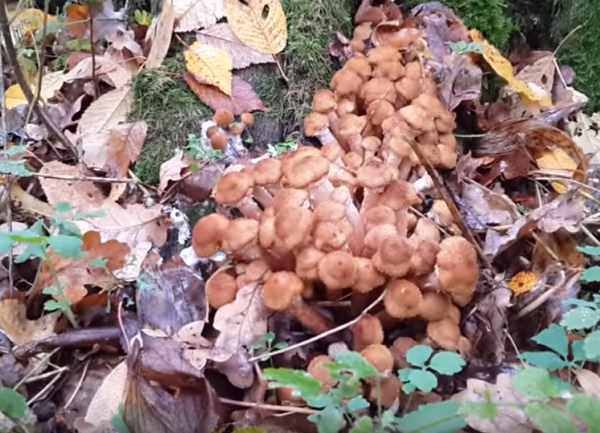
Most often, honey mushrooms can be found on stumps by entire families, in coniferous and deciduous forests. Mushrooms prefer to grow on any rotten wood and rotten stumps.
You can find mushrooms not only under trees, but also in meadows, forest edges and under shrubs.
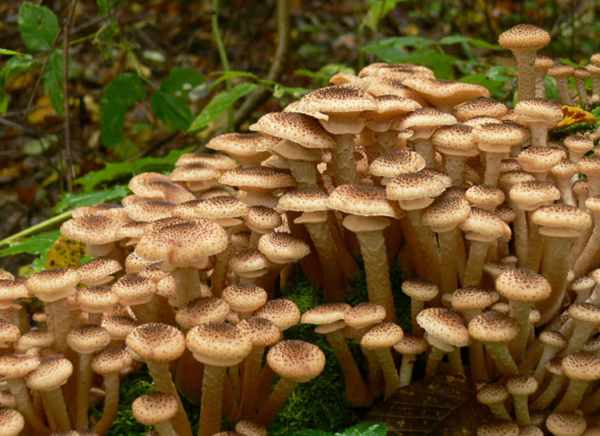
Honey mushrooms are easy to recognize, they have a long, thin leg up to 12-15 cm long. The color varies from light yellow to dark brown depending on the place of growth and age.
Most have honey mushrooms on their legs "skirt". The hat is round in shape, rounded downwards, the underside with pronounced plates.
The color of the cap varies from light cream to red-brown. Hat of young mushrooms covered with small scales becomes smoother with age.
Each type of mushroom has its own specific differences, it all depends on the place of growth and age.
Honey mushrooms are useful to eat, are considered a low-calorie product. The composition of mushrooms includes not only minerals and vitamins, but also thiamine, which is responsible for the nervous system and reproductive function.
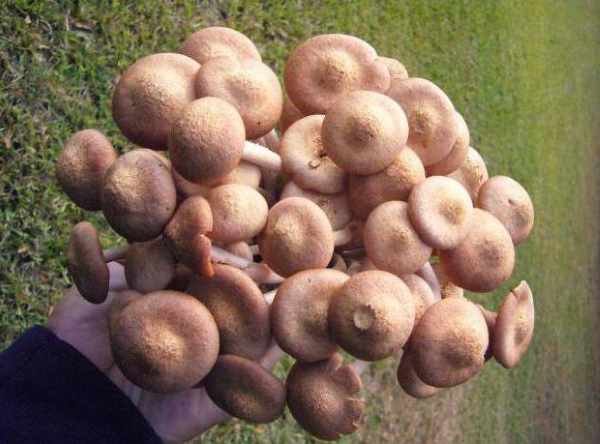
Of the useful substances included in the composition of mushrooms, the following can be distinguished: trace elements(potassium, phosphorus, iron, zinc and others); vitamins groups B, C, PP and E; amino acids; cellulose; squirrels.
In folk medicine, mushrooms are known for their antiviral and anticancer effect on the human body, often used in the treatment of the thyroid gland and liver pathologies. Honey mushrooms excellent remove waste and toxins from the body, have a positive effect on the processes of hematopoiesis.
100 g of mushrooms contains the daily norm of trace elements to maintain normal hemoglobin. By regularly consuming mushrooms, you will prevent the development cardiovascular disease.
Honey mushrooms will not bring any harm to a person if they have been pre-trained before cooking.
Contraindications for use
Do not forget that mushrooms are heavy food to digest, so do not eat mushrooms at night. Excessive consumption of mushrooms can lead to diarrhea. Do not give mushrooms to younger children 12 years.
Types of mushrooms
From a large number of edible species, honey mushrooms. 4 main ones can be distinguished, most often collected by mushroom pickers.
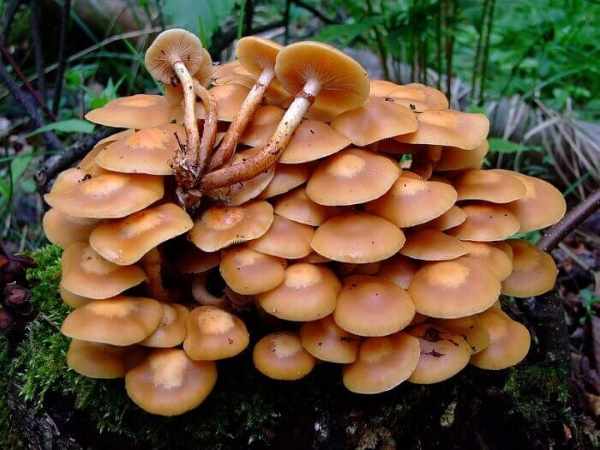
An edible mushroom that grows in large colonies, mostly on rotten and damaged wood in deciduous forests. The hat of this species is brown, becoming transparent after rain.
At honey mushrooms, hats are 3-8 mm in diameter, the center is lighter than the edges. The honey agaric is up to 9 cm high, the leg is light with a ring, over time only a strip remains from it. Below the ring is a leg with scales.
The first mushrooms can be found from June and they bear fruit until the end of August.
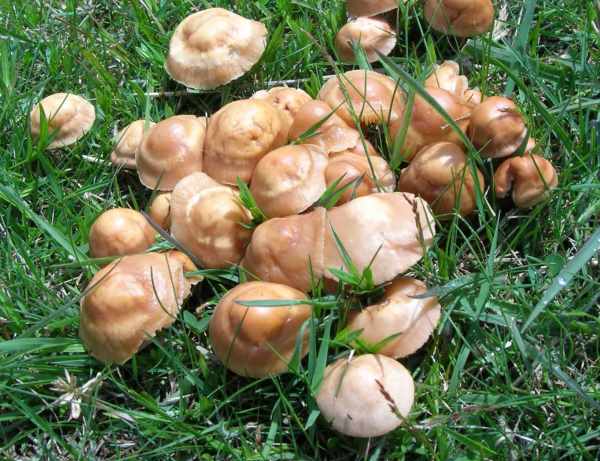
These mushrooms are on a high stem up to 10 cm, yellowish in color with a white coating, dense in length, slightly expanded downwards. Over time, the leg thickens.
Cap sizes are from 3 to 7 mm in diameter, light yellow in color, becoming yellowish-brown in wet weather. The edges of the cap are lighter than the center. Below are light, rare plates.
Begin to bear fruit from June to autumn frosts.
You can find mushrooms in meadows, fields, summer cottages, in ravines and on forest edges. Honey mushrooms grow in arched rows.
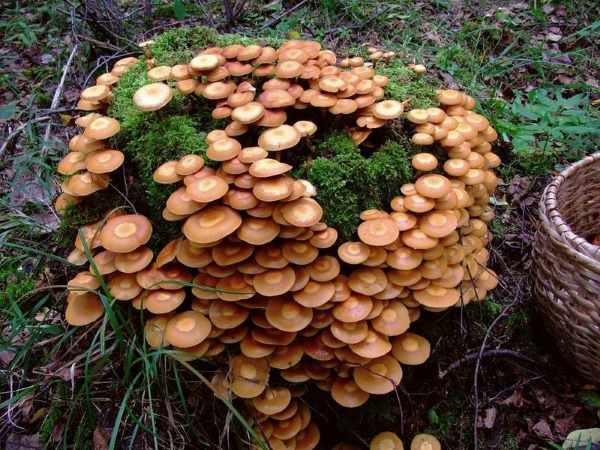
A popular species of mushrooms, it is large in size. Mushroom on a leg 8-10 cm long with a slight thickening at the very bottom. The thickness of the legs is up to 2 cm. You can see a pronounced ring under the hat itself.
Hats are large, on average 3-10 cm (sometimes up to 15-17 cm). Records of light yellow color, rare.
Young mushrooms are covered with scales on the surface. The color of the cap depends on the type of trees on which honey mushrooms grow - from light to brown flowers.
Honey mushrooms begin to bear fruit from the end of August and end in October.
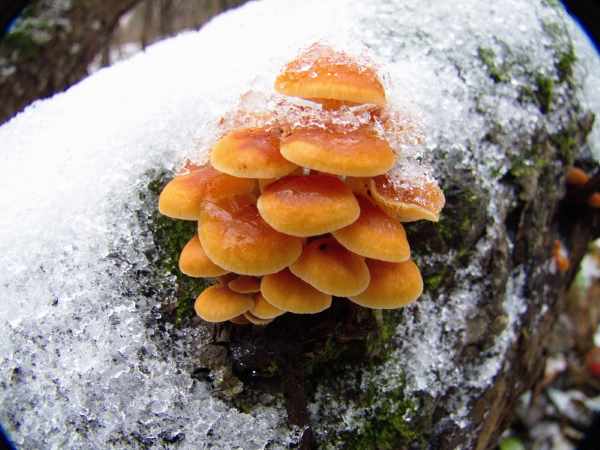
Honey mushrooms can be found on damaged and old deciduous trees, mainly on poplars and willows.
Leg 2-7 cm high, up to 1 cm thick, velvety brown.
On the leg there is no ring under the hat. The cap reaches a diameter of up to 10 cm, from yellow to brownish-orange in color. The plates are white, rare. The flesh is white or yellowish.
Honey mushrooms can be found in thawed patches and even under snow, from autumn to spring.
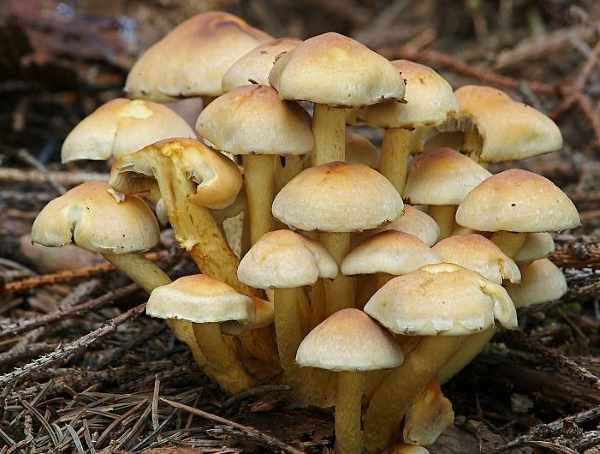
If you are an inexperienced mushroom picker, always follow the rule: "Not sure - don't take it" It is better not to risk your health and loved ones.
Main differences: caps of non-edible mushrooms are brighter, may be brick red, rusty brown or orange, while edible mushrooms are light beige or brownish in color.
The most dangerous false honey agarics of sulfur-yellow color.
Also, the surface of the cap of edible mushrooms covered with scales, a darker color than the color of the hat.
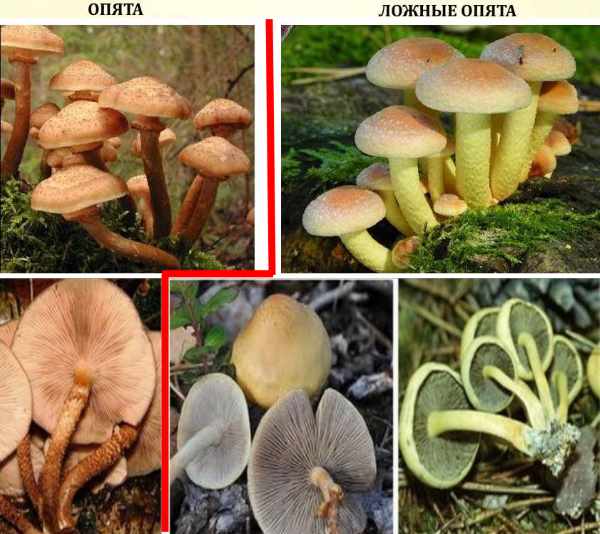
false mushrooms always have a smooth cap surface, most often wet, and after the passage of rain, the surface becomes sticky.
Lovers of overgrown mushrooms should take into account the fact that the scales disappear as the mushrooms grow.
Edible mushrooms always have white, cream, pink plates on the underside of the cap, and in false mushrooms they quickly darken, have green, olive-black shades.
There are edible mushrooms on the leg Film "skirt" located under the hat, false mushrooms do not have it - the main difference on which you should always focus.
Real mushrooms have mushroom aroma, poisonous mushrooms give off mold, earth.